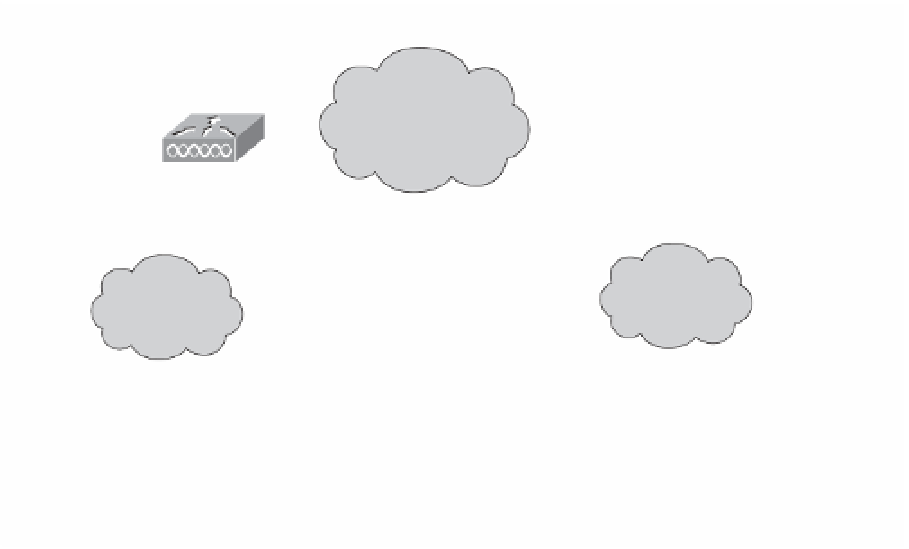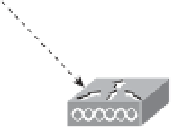Information Technology Reference
In-Depth Information
2.
Obtain a facility diagram to identify the potential RF obstacles.
3.
Visually inspect the facility to look for potential barriers to the propagation of RF
signals, such as metal racks, elevator shafts, and stairwells.
4.
Identify user areas that may be intensively used, such as conference rooms, and areas
that are not heavily used, such as stairwells.
5.
Determine preliminary AP locations, which need power, wired network access, cell
coverage and overlap, channel selection, mounting locations, and antennas.
6.
Perform the actual survey by using an AP to survey the location and received
RF strength based on the targeted AP placement. Consider the effects of electrical
machinery. Microwave ovens and elevators might distort the radio signal from the
APs.
7.
Document the findings by recording the target AP locations, log signal readings,
and data rates at outer boundaries. Information included in the report includes the
follow ing:
Detail customer requirements; describe and diagram AP coverage.
■
Parts list, including APs, antennas, accessories, and network components.
■
Describe tools used and methods used for the survey.
■
WLCs Select RF Group Leader
WLC2
WLC1
AP1
AP2
Neighbor
Messages
Neighbor
Messages
Neighbor
Messages
Figure 5-16
RF Groups
















